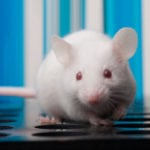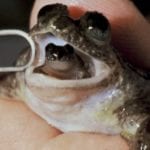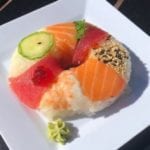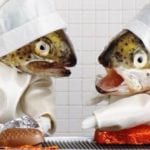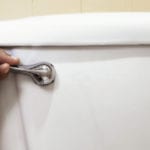 Weird Stuff
Weird Stuff  Weird Stuff
Weird Stuff  Animals
Animals 10 Inspiring Tales of Horses Being Human
 Mysteries
Mysteries Top 10 Haunting Facts About the Ghost Ship MV Alta
 History
History 10 Surprising Stories About the Texas Rangers
 Humans
Humans 10 Philosophers Who Were Driven Mad by Their Own Theories
 Miscellaneous
Miscellaneous 10 Video-Game-Worthy Weapons and Armors from History
 Weird Stuff
Weird Stuff 10 Psychics Who Accurately Predicted Wartime Events
 The Arts
The Arts 10 Pieces of Art Inspired by a Broken Heart
 Health
Health 10 Science Fiction-Sounding New Medical Treatments
 History
History 10 Surprising Facts About the Father of Submarine Warfare
 Weird Stuff
Weird Stuff 10 Times Real Laws Were Based on Bizarre Hypotheticals
 Animals
Animals 10 Inspiring Tales of Horses Being Human
 Mysteries
Mysteries Top 10 Haunting Facts About the Ghost Ship MV Alta
Who's Behind Listverse?

Jamie Frater
Head Editor
Jamie founded Listverse due to an insatiable desire to share fascinating, obscure, and bizarre facts. He has been a guest speaker on numerous national radio and television stations and is a five time published author.
More About Us History
History 10 Surprising Stories About the Texas Rangers
 Humans
Humans 10 Philosophers Who Were Driven Mad by Their Own Theories
 Miscellaneous
Miscellaneous 10 Video-Game-Worthy Weapons and Armors from History
 Weird Stuff
Weird Stuff 10 Psychics Who Accurately Predicted Wartime Events
 The Arts
The Arts 10 Pieces of Art Inspired by a Broken Heart
 Health
Health 10 Science Fiction-Sounding New Medical Treatments
 History
History 10 Surprising Facts About the Father of Submarine Warfare
10 Of The Weirdest Experiments Ever Done With Animal Embryos
Embryos are already a little weird. At a certain stage, they are covered in little nubs, which will become legs or fins or tails or wings. But in a science lab, you can make embryos even weirder. You can fuse them together. You can grow them in the wrong places. You can even add pieces belonging to different species.
10Quail-To-Chicken Brain Transplants
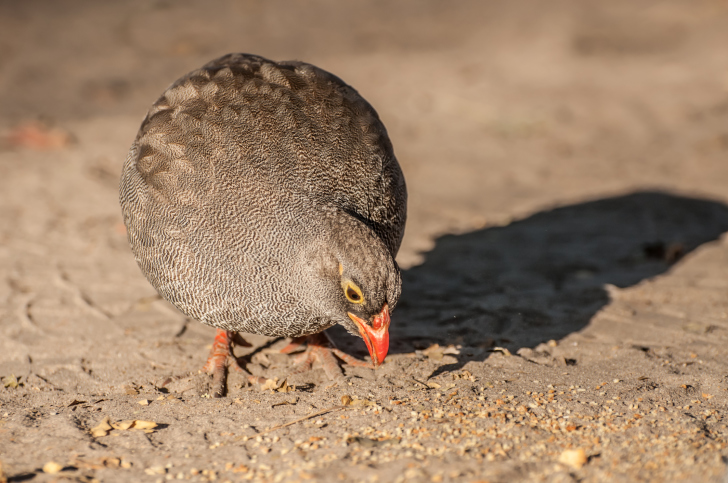
With just a little brain surgery, you can create a chicken that behaves like a quail. In concept, it’s easy enough. First, you cut out a piece from the brain of a chicken embryo and replace it with the equivalent piece from the brain of a quail embryo. Finally, you seal up the egg and let the brain pieces grow together.
When the egg hatches, you’ll have a new creature with a mixed set of instincts: part chicken and part quail. Just how quail-like this weird little creature is (and in what way) will depend on what parts of the brain you’ve transferred. In a set of reports published over 13 years, scientists created several different varieties. These included chickens that made quail-like sounds, chickens that bobbed their heads like quail, and chickens that preferred the sounds of quail to the sounds of other chickens.
Unfortunately, these kinds of experiments are short-lived. Quail-chicken brains are unstable. Not long after hatching, the chicken’s body begins to recognize the quail tissue as foreign and rejects the transplant.
It’s also really hard to do the reverse experiment. Quail heads are smaller than chicken heads. If you try to cram bits of chicken brain into a quail, there just won’t be room, and the animal probably won’t make it.
9Panda-Rabbit Embryos In A Cat Uterus
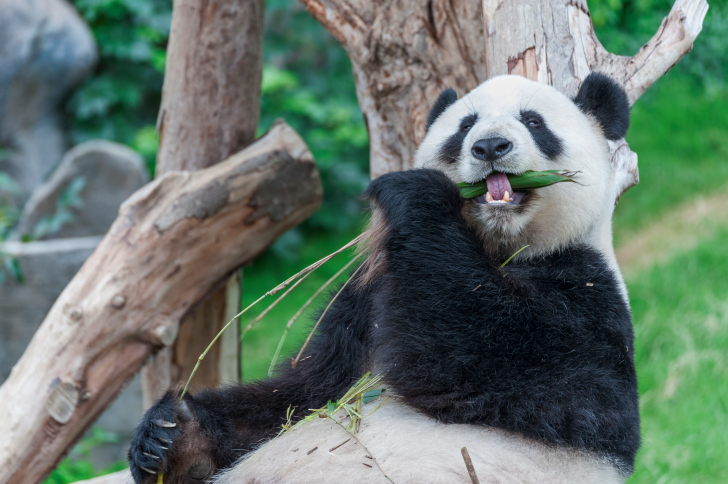
If you’re trying to clone a rabbit, you’re going to need at least three rabbits. The first rabbit will provide the DNA, the second will provide an egg, and the third will serve as surrogate mother, carrying the cloned embryo in her uterus. In reality, since cloning rarely works on the first try, you’re probably going to need a lot more rabbits.
If you are trying to clone an endangered species, like the giant panda, things get even trickier. Rabbits are cheap and famously plentiful. If a few of them don’t make it, or if killing them seems the easiest way to harvest their eggs, people probably won’t start rioting in the streets. But an endangered species obviously can’t be risked in the same way. To get around this problem, you might consider outsourcing some of the work to a non-endangered species. In this new scenario, the endangered species would only provide the DNA. Meanwhile, the non-endangered second species takes on the difficult, dangerous work of providing eggs and wombs.
One 2002 research paper took just this approach. Scientists harvested eggs from rabbits, removed their DNA, then fused them with cells taken from a panda. These new panda-rabbit cells began to divide just as a normal panda embryo would be expected to. So far, so good.
Then, things started to go wrong. When the scientists tried to transfer the embryos to rabbits, they had no success. So—and here’s where things start to get unusual—they decided to recruit a third species. Starting with 21 female cats, they managed to impregnate at least one with two panda-rabbit embryos. Unfortunately, the cat died of pneumonia a few weeks later, long before it might have given birth.
In the end, there were no baby panda clones. The scientists succeeded only in creating a short-lived mash-up: panda DNA, tucked into rabbit cells, tucked inside the uterus of a cat.
8The Conjoined Frog-Tadpole

In nature, conjoined twins are genetically identical. But in the lab, with just a little surgery, you can create non-identical conjoined animals.
For example, in one 1979 paper, scientists fused two frog embryos belonging to different species. They cut into the sides of the embryos, paired them, and let the wound sites grow together. Voila: conjoined embryos. Rana esculenta on the right; Rana dalmatina on the left.
A key difference between R. esculenta and R. dalmatina is that they develop at different rates. Usually, R. esculenta takes twice as long. But with their bodies connected, their development times changed. R. esculenta sped up and R. dalmatina slowed down. They almost met in the middle—but not quite. When the R. dalmatina half became a frog, R. esculenta lagged behind, still a tadpole. This presented a serious problem. Tadpoles spend all their time in water, but frogs need to breathe air. There was no environment in which both halves of the conjoined pair could survive.
In the end, some of the mismatched pairs died on their own. The frog half drowned, or the tadpole half died for lack of water. When it was obvious that the situation was hopeless, the remaining pairs were euthanized by the scientists.
7The Turtle-Duck
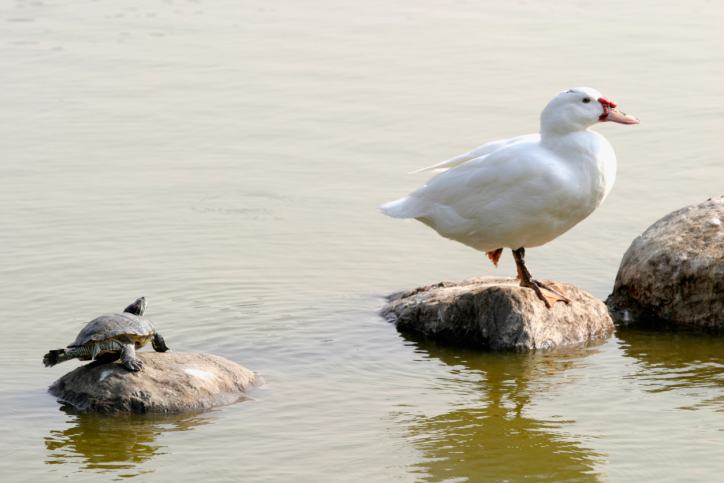
You may never have thought about combining a turtle and a duck, but others have. Some have even suggested that the result would be adorable. Imagine a four-legged duck, with a turtle shell on its back, paddling happily through the water.
In reality, this combination is considered unlikely, since turtles and ducks are very different. Their last common ancestor lived an estimated 255 million years ago, even before the first dinosaurs. So you clearly can’t breed them.
A more reasonable idea (although “reasonable” is relative here) is to mix their embryos and hope they produce something part turtle and part duck. That’s the approach a 2013 research paper took anyway. The scientists involved performed two kinds of experiments. In the first, they took cells from early duck embryos and transferred them to turtle embryos. In the second, they took cells from early turtle embryos and transferred them to duck embryos.
At first, things looked promising. As the embryos grew, many retained cells from the second species. Duck cells could be observed in the turtles’ developing eyes, and turtle cells could be observed in the ducks’ developing hearts. Very cool. At hatching, though, the results were less impressive. None of the hatchlings was an obvious mixture—the baby turtles looked exactly like baby turtles and the baby ducks looked exactly like baby ducks.
But on closer inspection, the scientists found very small traces of duck in a few of the turtles. For example, in the liver of one turtle there were approximately three duck cells for every 10,000 turtle cells. They found similar traces in many other organs. So, it wasn’t a complete failure. The scientists did create a few turtle-ducks, albeit more than 99.9 percent turtle and less than 0.1 percent duck. Okay, they didn’t look the least bit special and no one would be interested in paying much for them at a pet store. But maybe it’s a start?
6Storing Sheep Embryos In Rabbits
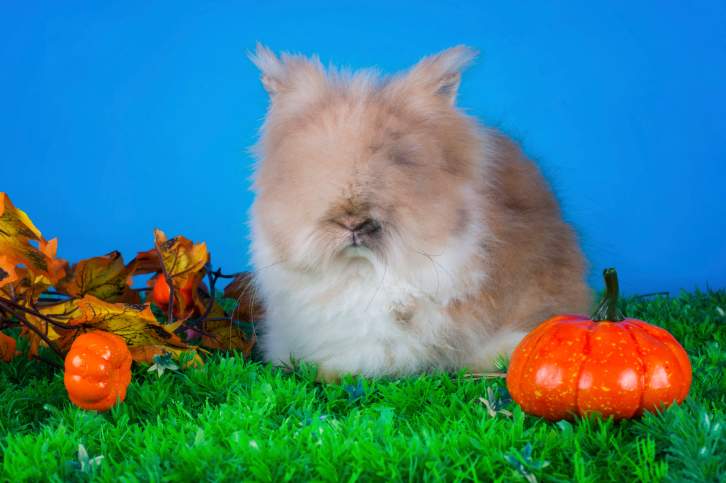
Sheep are a hassle to transport. So, if you were trying to move just a sheep embryo between continents, you’d prefer to leave its mother behind. In an ideal scenario, you’d transfer the embryo to a cheap, manageable shipping container and place it on a plane. No bleating, no fuss. Today, we might solve this problem by freezing the embryo and shipping it cold. But in the 1960s, scientists hadn’t quite mastered that trick yet.
That’s why one 1962 paper proposed a much stranger solution: using rabbits as storage containers. In the study, sheep embryos were removed from their mothers, then transferred to the Fallopian tubes of rabbits. Then, at the low cost of just £8 per head, the suddenly pregnant rabbits were flown from England to South Africa.
Finally, after spending more than 100 hours in the rabbits, the embryos were removed and transferred to a second set of sheep, who served as surrogate mothers. Months later, several lambs were born. Unfortunately, things ended badly for the rabbits (they usually do). Just before the embryos were removed, the surrogates were killed. Then, as a condition of their South African import permit, their bodies were incinerated.
5A Mouse-Chicken (With Teeth)
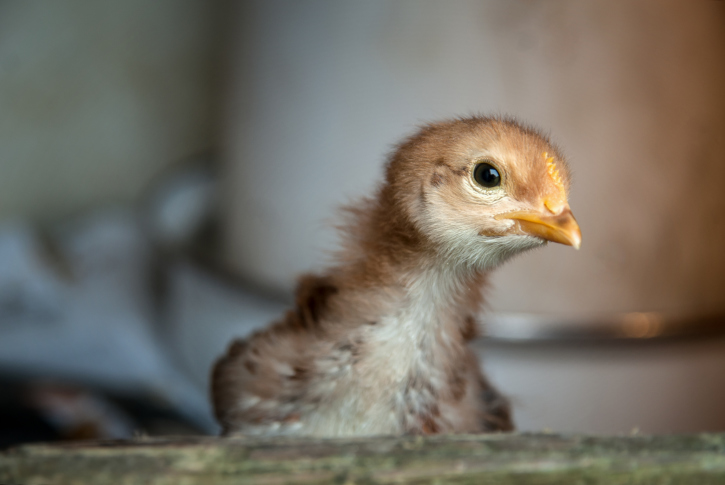
There are many differences between mice and chickens. For starters, mice have teeth and chickens don’t. To form these teeth, the mouse embryo needs two tissues. Tissue 1 sends out a “Form Teeth!” signal, while tissue 2 obeys and builds the teeth.
Chickens also have tissues 1 and 2. But they lost several tooth-building genes over the course of their evolution. As a result, chicken tissue 1 is still able to send out the “Form Teeth!” signal, but chicken tissue 2 can no longer obey it.
Mix-and-match experiments helped to prove this. In a 1980 paper, scientists put chicken tissue 1 and mouse tissue 2 together in the eyes of mice. In a 2003 paper, they added mouse tissue 2 to chicken embryos. In both cases, these mouse-chicken combos formed teeth. Chicken tissue 1 sent out the order and mouse tissue 2 obeyed it.
To chicken tissue 1, these experiments must have been a welcome change of pace. For millions of years, it had been futilely sending out the “Form Teeth!” signal in every chicken embryo ever. To finally work with a tissue that followed its orders must have been a joy.
4Goat-Ibex “Twins”

In nature, an ibex embryo grows in the uterus of its mother. After approximately 160 days, it is born. If the ibex embryo is placed in a new environment—like a goat uterus—the arrangement works less well. Exactly why is unclear. Maybe the goat’s uterus senses that something is a bit off about the ibex. Or maybe the ibex has trouble getting settled. Either way, the ibex is aborted.
In a 1999 paper, scientists found a solution by using a goat that was already pregnant. First, they let the female goat conceive a baby in the natural way, by mating with a male goat. Next, they introduced the ibex embryo. This time, the ibex survived, continuing to develop in the goat’s uterus alongside its little goat “twin.”
Why did the goat embryo make a difference? Perhaps it reassured the goat’s uterus, making it more likely to accept an embryo that wasn’t a goat. Or maybe it made the ibex more comfortable, serving as proof that the goat’s uterus was embryo-friendly. Either way, it worked. Well, sort of. At the end of the pregnancy, there was another problem. Goats develop more quickly than ibex, so when the goat twin was born, the ibex twin was forced out prematurely as well. As a result, it had trouble breathing and required special help to survive.
3Growing A Rat Pancreas In A Mouse-Rat
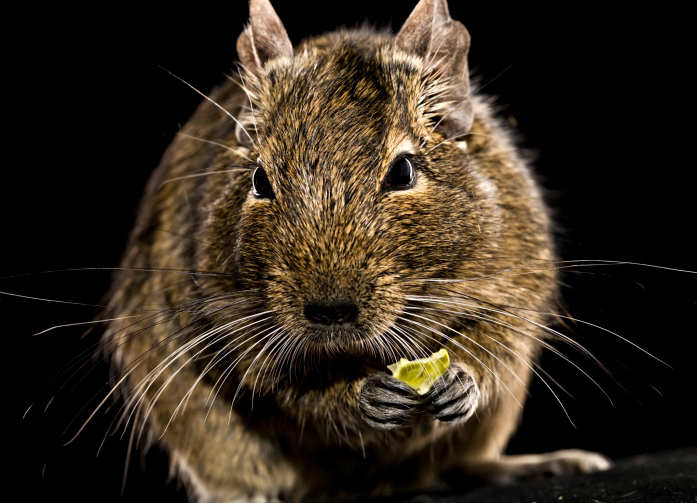
Every year, thousands of patients die while waiting for organs. One solution might be to grow human organs in other species. To study how this might be done, scientists tried to grow a rat pancreas inside of a mouse.
To start, they bred a special strain of mutant mice, missing the gene needed to form a pancreas. Normally, these mice would die soon after birth. From the mutants, the scientists took early embryos which hadn’t formed organs yet. To these embryos, they added cells from a normal rat. As the embryos grew, the rat cells built a totally functional pancreas, made entirely out of rat cells.
In other words, it was a success! Unfortunately, it wasn’t a very clean success. In addition to the pancreas, the rat cells helped to build many other parts of the body. The resulting animals couldn’t really be called mice anymore. Instead, they were mouse-rats, featuring black mouse fur bordered by white rat fur. Their insides were also patchworks, with some sections coming from mice and others from rats.
Just imagine trying the same process using human cells and, say, pig embryos. The resulting creatures wouldn’t just contain one specific human organ. They might also have patches of human skin, human eyes, or even parts of a human brain. Which would be pretty ethically challenging. So, science isn’t there quite yet, but they’re working on it.
2A Plant-Like Fish
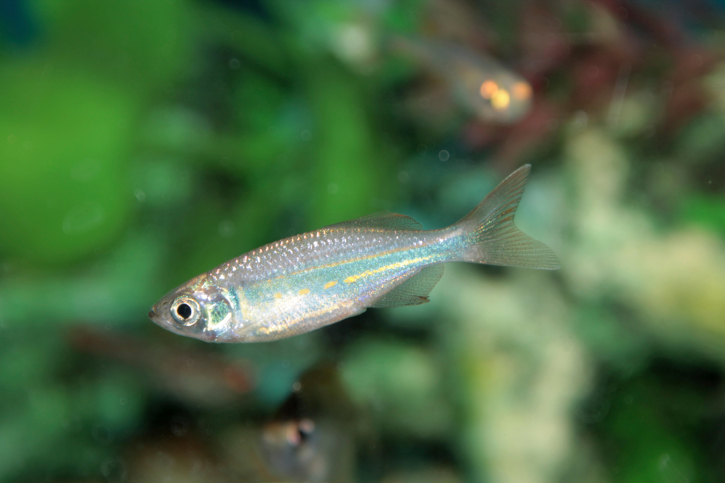
Owning fish can be rewarding. But feeding them is tedious. If only fish were a bit more like houseplants, we could simply place their tanks in sunny corners and watch them swim. Light and carbon dioxide would penetrate the water, serving in place of food. It’s a bizarre but delightful dream. One way to accomplish it might be to introduce chloroplasts into fish cells. Chloroplasts are tiny powerhouses, present in plants and algae. They perform a specialized process called photosynthesis, in which light energy is used to make sugar.
An experiment touching on this goal was described in a 2011 paper. In it, scientists injected fertilized zebrafish eggs with a species of bacteria called Synechococcus elongatus. Like chloroplasts, S. elongatus cells perform photosynthesis, and everything went pretty well for 12 days. The zebrafish embryo didn’t die, and many of the bacteria didn’t die. As the zebrafish embryo divided, S. elongatus was incorporated into many parts of its body, including the brain and the lens of the eye.
During this period, the embryo’s body was transparent, allowing S. elongatus to get the light it needed. Then, after 12 days, the embryo began to produce skin pigments, which would have blocked the light, bringing the experiment to an end. The result, unfortunately, is that there’s still a lot more work to do before we get our sun-powered fish. But at least scientists have made a start.
1Embryos In A Mouse Eye
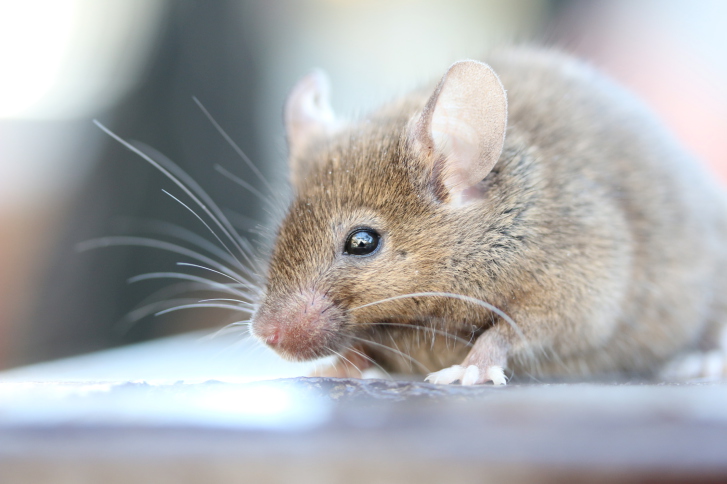
On the face of it, the eye and the uterus have nothing in common. The eye perceives light, while the uterus is a space where embryos implant. But it turns out the eye can also house embryos, at least for a little while. This strange fact was first published in a 1947 paper which aimed to find out whether the uterus was really special—did the embryo really need it or would another warm space work just as well?
To test this question, researchers placed early mouse embryos inside the eyes of mice. And some of the embryos continued to grow. Some of them even burrowed into the iris in place of the uterine wall. Since the eye makes a better viewing screen than the uterus (especially since the mice were albinos without eye pigment) the study’s author could actually watch the embryos develop in real time.
Of course, as the embryos got bigger, the whole arrangement stopped working. In one outcome, the eye burst. In the other, the embryo started shrinking, leaving behind a scar.
Another weird fact: The sex of the mouse didn’t matter. The embryos grew in the eyes of male mice and in the eyes of female mice. Whether the same holds true in humans is not clear, but the message is potentially heartwarming—men can become pregnant. Although there’s a good chance that their eyes will explode.
Rachel Rodman writes about science and fiction. Visit her at rachelrodman.com.
